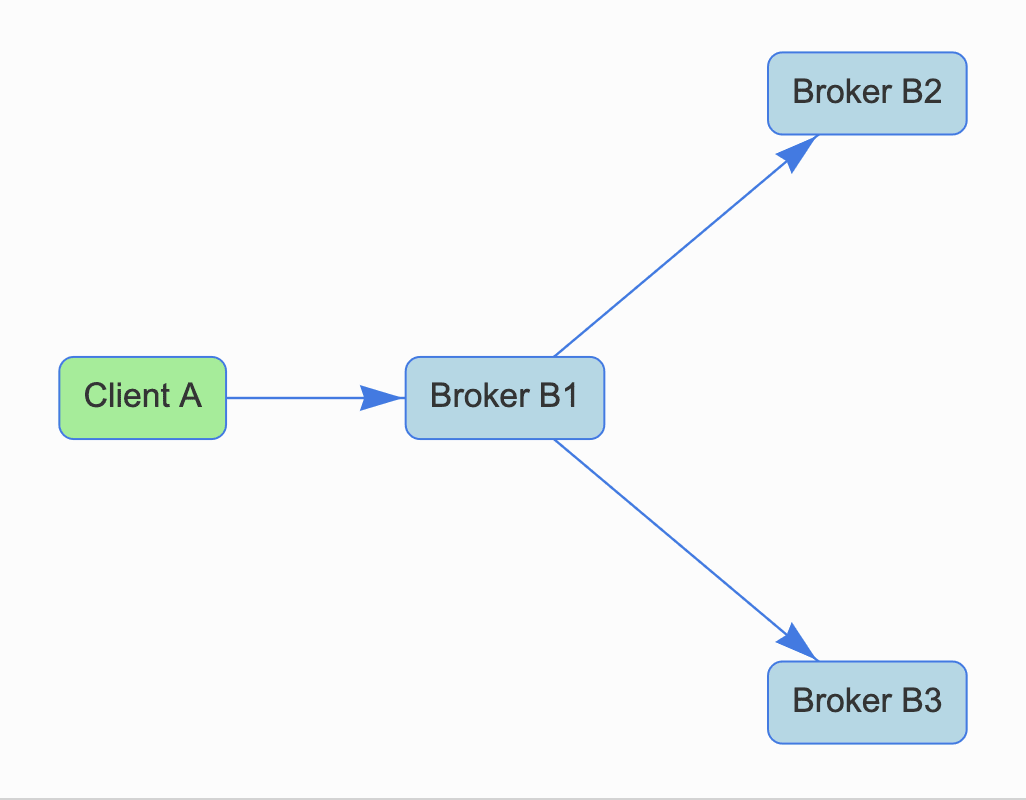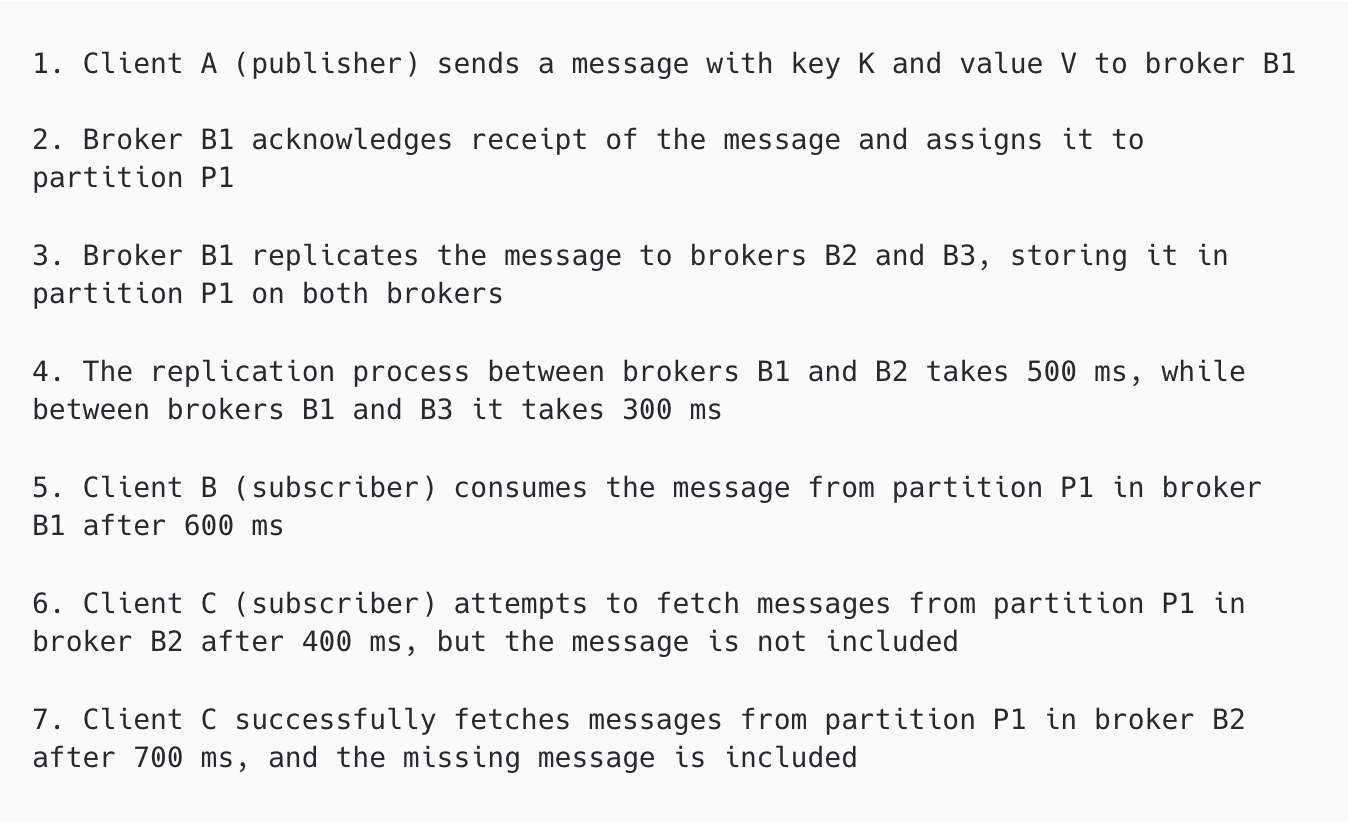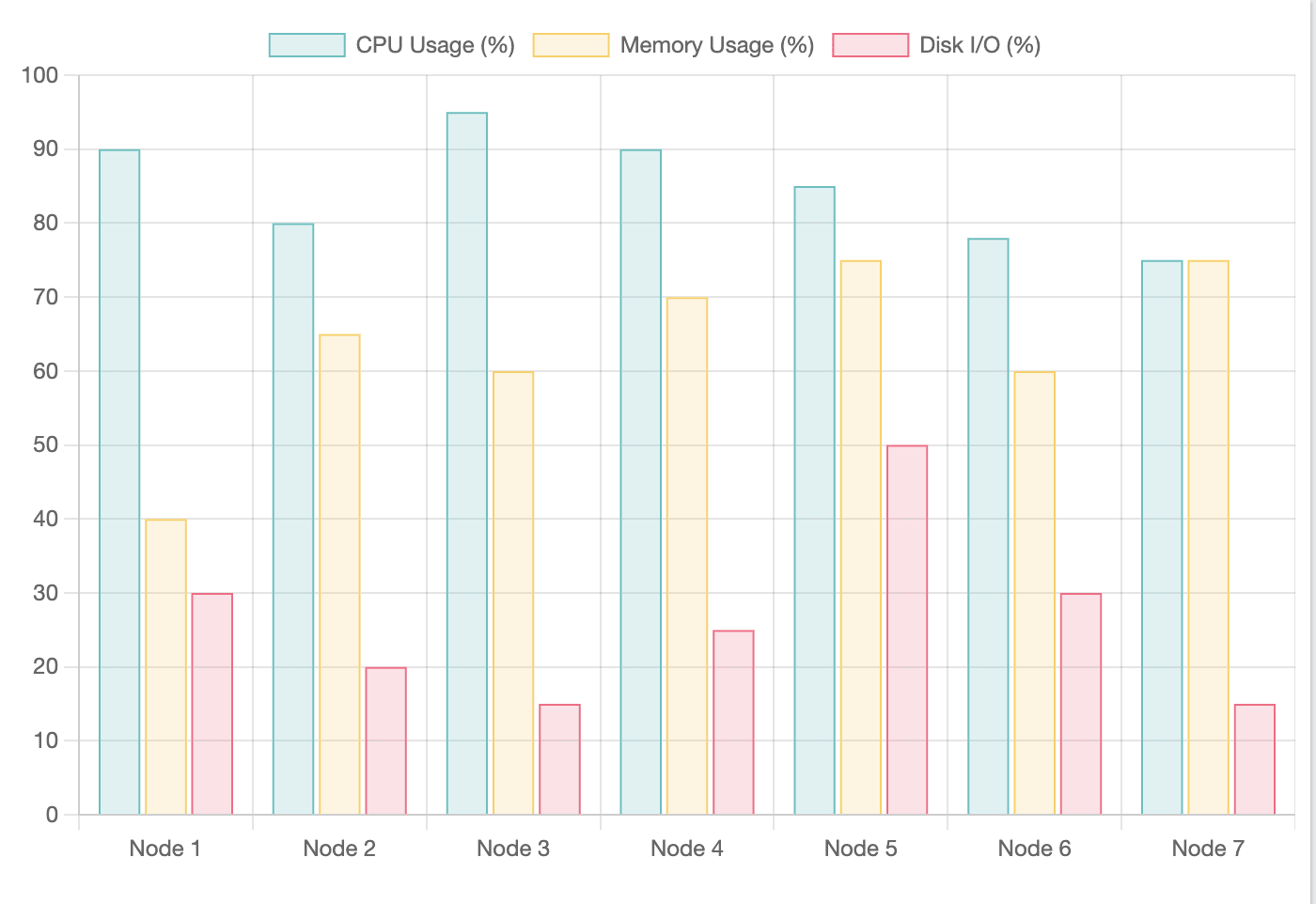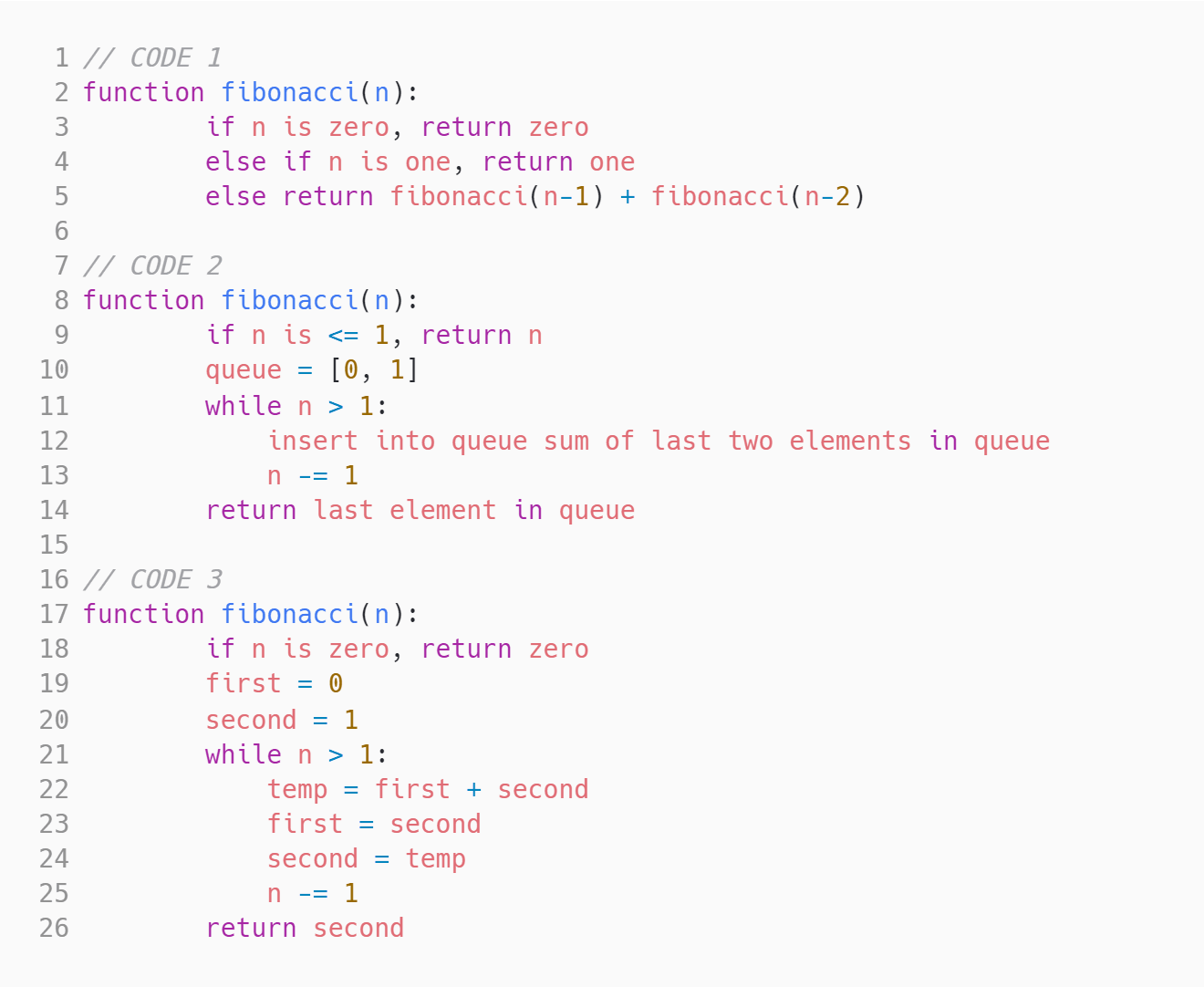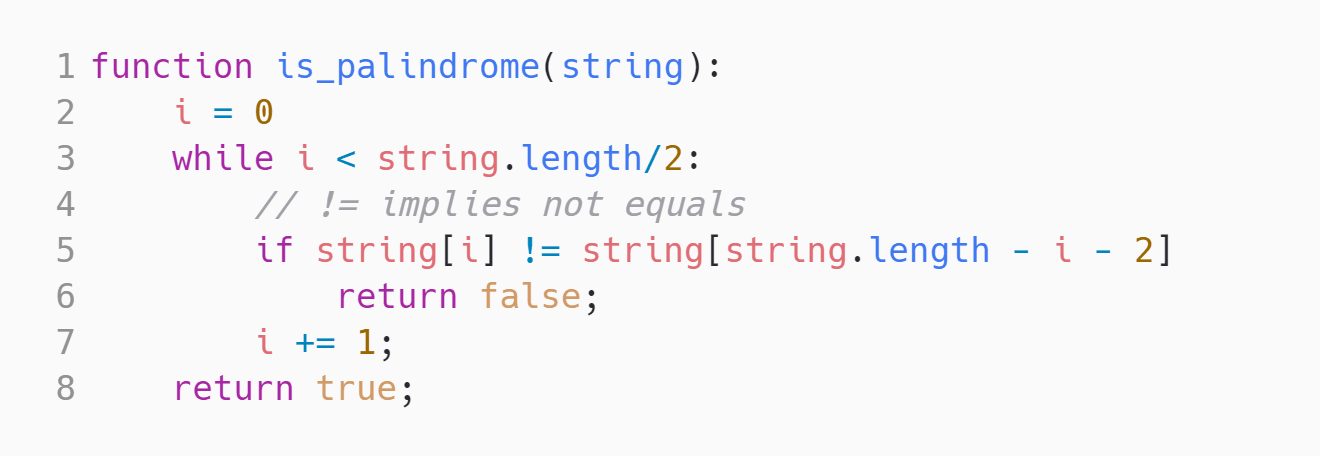Backend Development: Backend development refers to the creation and maintenance of the server-side logic that powers websites and applications. It involves tasks such as handling data storage, processing user requests, and managing server infrastructure. Measuring this skill ensures that candidates have a strong understanding of backend technologies and can effectively build robust and efficient backend systems.
Database Design: Database design involves designing the structure and organization of databases to efficiently store and retrieve data. It includes tasks such as defining tables, creating relationships between them, and optimizing queries. Measuring this skill helps gauge a candidate's ability to create scalable and well-organized databases, which is essential for building reliable and performant applications.
API Design: API design focuses on creating well-designed application programming interfaces (APIs) that enable communication between different software components. It involves determining appropriate endpoints, request/response formats, and authentication mechanisms. Measuring this skill ensures that candidates can create intuitive and developer-friendly APIs, promoting ease of integration and efficient collaboration.
Software Architecture: Software architecture encompasses the high-level design and organization of software systems. It involves making decisions about the structure, components, and interactions of a system to meet functional and non-functional requirements. Measuring this skill helps evaluate a candidate's ability to create scalable, maintainable, and adaptable software architectures that facilitate flexible and robust application development.
Object-Oriented Programming: Object-oriented programming (OOP) is a programming paradigm that organizes software design around objects that encapsulate data and behavior. It involves defining classes, creating objects, and using inheritance and polymorphism. Measuring this skill assesses a candidate's proficiency in utilizing OOP principles and techniques, enabling them to write modular, reusable, and extensible code.
System Design: System design focuses on designing the architecture and components of large-scale systems. It involves identifying system requirements, specifying modules and interfaces, and considering scalability, fault tolerance, and performance. Measuring this skill ensures that candidates can design robust and efficient systems capable of handling high volumes of data and users.
Performance Optimization: Performance optimization involves improving the speed, efficiency, and resource utilization of software systems. It includes tasks such as code profiling, identifying bottlenecks, and implementing optimizations. Measuring this skill helps identify candidates who understand the importance of optimizing software performance, enabling them to create highly responsive and scalable applications.



















